
In 1054 CE, Chinese astronomers looked towards the sky and discovered a star that had suddenly appeared in a position 6,500 light-years away from where no star had previously been observed. They watched as it shone six times more brightly than Venus in the constellation of Taurus for 23 days from 4 July, and their observations were backed by astronomers in Japan and the Arab world.
Reported as a ‘guest star’ by the chief of the astronomical bureau at K’ai-Feng, it remained visible until 17 April 1056. It would then be another 872 years before Edwin Hubble became the first to associate the observation with another discovery – that of the Crab Nebula, which was spotted in 1731 by English astronomer John Bevis.
Hubble suggested that what the Chinese astronomers had seen was a supernova explosion that had caused stellar remains to be scattered across an area of space some six light-years wide. It was a controversial theory, primarily because the study of supernovae was still in its infancy. But in 1939, American observational astronomer Nicholas Mayall demonstrated beyond doubt that the two were linked.
Having established that the ‘guest star’ of 1054 was a supernova – a term first used in the 1930s by Walter Baade and Fritz Zwicky at Mount Wilson Observatory – astronomers had many questions. Was the date of the explosion correct, for instance, and were reports of the celestial fireworks consistent. In those cases, possibly yes and not entirely are found to be the general answers.
Denne historien er fra Issue 121-utgaven av All About Space.
Start din 7-dagers gratis prøveperiode på Magzter GOLD for å få tilgang til tusenvis av utvalgte premiumhistorier og 9000+ magasiner og aviser.
Allerede abonnent ? Logg på
Denne historien er fra Issue 121-utgaven av All About Space.
Start din 7-dagers gratis prøveperiode på Magzter GOLD for å få tilgang til tusenvis av utvalgte premiumhistorier og 9000+ magasiner og aviser.
Allerede abonnent? Logg på
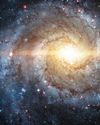
MYSTERIES OF THE UNI WHERE ARE ALL THE SPIRAL GALAXIES?
There are far fewer spiral galaxies than elliptical ones in the Supergalactic Plane, and scientists are keen to discover why
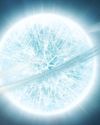
ZOMBIE STARS
+10 OTHER TERRIFYING SPACE OBJECTS

HOW TO BEAT LIGHT POLLUTION
Thought it was impossible to observe the wonders of the night sky from towns and cities? Think again. Follow our tips and tricks on successfully observing through sky glow
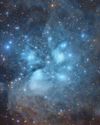
15 STUNNING STAR CLUSTERS
These beautiful stellar groupings are spattered across the cosmos

Eileen Collins "It was a difficult mission...we were the first to see Mir"
Having served as both the first female pilot and first female commander of NASA's Space Shuttle, Collins boosted the involvement of women in space exploration to a whole new level
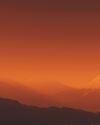
MARS LEAKS FASTER WHEN IT'S CLOSER TO THE SUN
The Red Planet has lost enough water to space to form a global ocean hundreds of kilometres deep
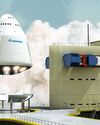
FUTURE TECH KANKOH-MARU
This ambitious reusable spacecraft will be capable of taking 50 people to and from orbit

THE FINAL FRONTIER
Beyond the reach of the Sun is a fascinating region of the cosmos that were only just beginning to explore
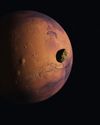
A long-lost moon could explain Mars' weird shape and extreme terrain
A long-lost moon could explain why Mars is so different from the other rocky planets in the Solar System. Today Mars has two tiny moons.
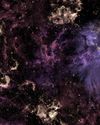
A sprinkling of cosmic dust may have helped kick-start life on Earth
Cosmic dust may have helped kick-start life on Earth. New findings challenge a widely held assumption that this wasn't a plausible explanation.